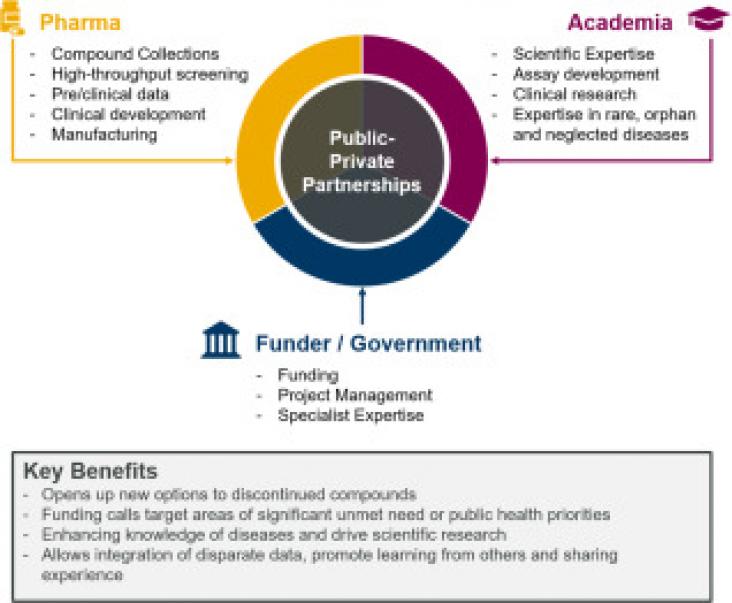This Comment article supports SDG 3 and 10 by underscoring the need to address systemic racism in order to achieve health equity, and emphasising the need to develop more nuanced metrics to more broadly document and measure the extent and impact of systemic racism on the health of affected communities.
This Research paper supports SDGs 3 and 10 by providing national US estimates of the association between fatal police violence and pregnancy loss. Fatalities were measured within core-based statistical areas (census-defined urban areas). The findings showed that for each additional police-related fatality during the first 6 months of gestation there was a decrease in the total number of live births within the area. There was a decrease in births among Black women, but not among White women.
This article discusses the radiological safety of groundwater around a uranium mine in Namibia.
Temperature affects many life processes, but its effect might be expected to differ among eukaryotic organisms inhabiting similar environments.
A Commentary on the role of governments in mitigating the health effects of malnutrition, in the context of SDGs 3 and 12, highlighting the need for the implementation of more comprehensive policies to limit the availability of unhealthy foods and to increase that of healthy foods to communities across Africa.
Background: The COVID-19 pandemic has affected mental health, psychological wellbeing, and social interactions.
Background: Viral hepatitis could have an impact on the treatment response in HIV patients.
The pharmacologic parameters that drive optimal HIV latency reversal in vivo are unknown and could be influenced by such factors as the HDACi binding kinetics, concentration of compound, and duration of exposure. This study evaluates how these parameters affect HIV latency reversal for a series of novel HDACis that differ in their enzymatic on and off rates. The comprehensive data set generated by automating the assays described here was used to establish a PK/PD model for HDACi-induced HIV latency reversal.

Collaborative efforts between public and private entities such as academic institutions, governments, and pharmaceutical companies form an integral part of scientific research, and notable instances of such initiatives have been created within the life science community. Several examples of alliances exist with the broad goal of collaborating toward scientific advancement and improved public welfare. Such collaborations can be essential in catalyzing breaking areas of science within high-risk or global public health strategies that may have otherwise not progressed. A common term used to describe these alliances is public-private partnership (PPP). This review discusses different aspects of such partnerships in drug discovery/development and provides example applications as well as successful case studies. Specific areas that are covered include PPPs for sharing compounds at various phases of the drug discovery process—from compound collections for hit identification to sharing clinical candidates. Instances of PPPs to support better data integration and build better machine learning models are also discussed. The review also provides examples of PPPs that address the gap in knowledge or resources among involved parties and advance drug discovery, especially in disease areas with unfulfilled and/or social needs, like neurological disorders, cancer, and neglected and rare diseases.
